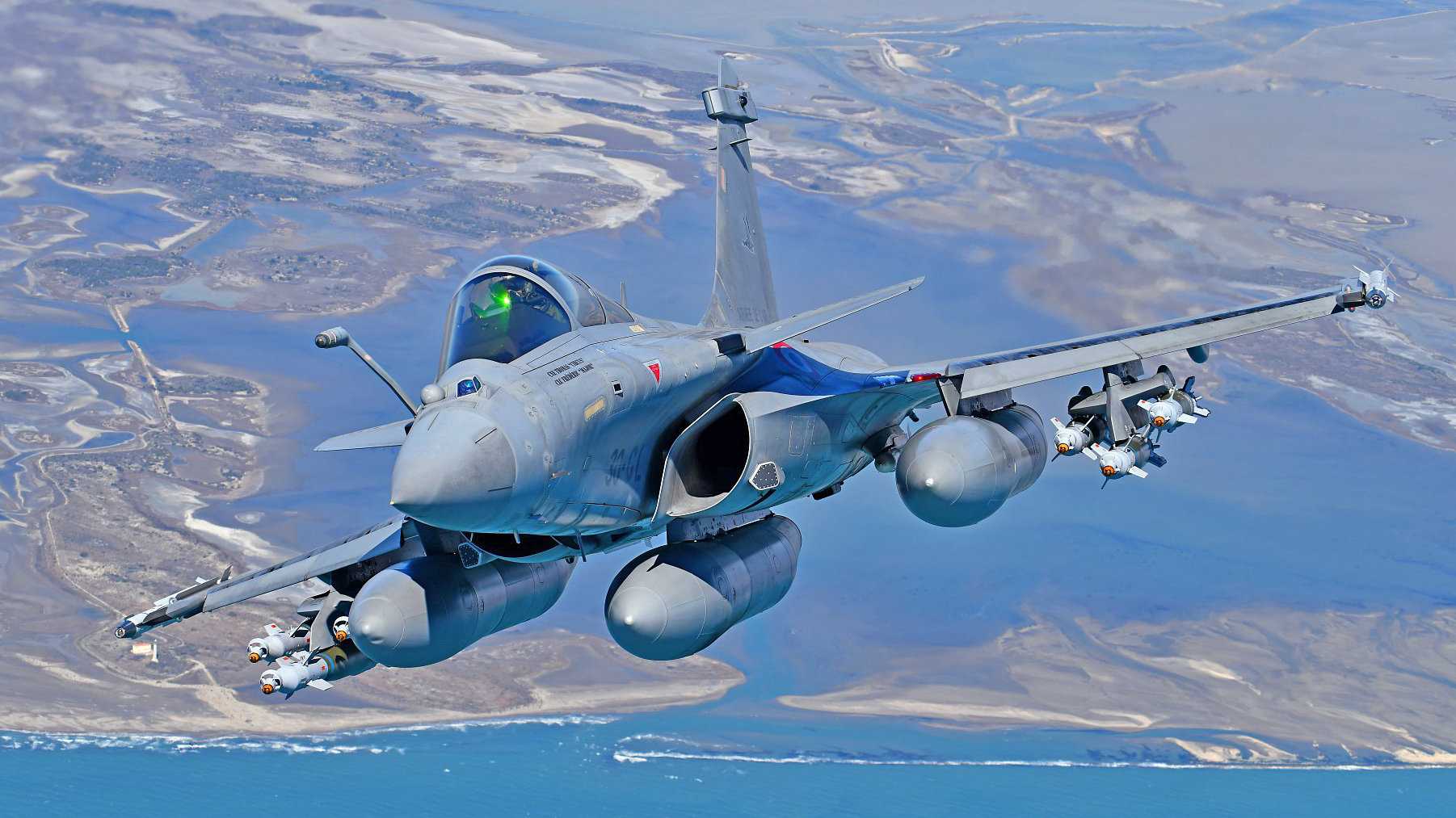Serbia is poised to sign a deal to buy Dassault Rafale multirole fighters, the country’s president confirmed today, saying that “concrete agreements” had been made to purchase of 12 of the jets. The move, should it happen, would mark a major break for Serbia, which has long had a close military relationship with Russia and traditionally has operated significant quantities of Russian-supplied equipment. The deal would also bring more good news for France’s Dassault Aviation, which has already sold Rafales to seven foreign customers, after a slow start on the export market.
Speaking today during a two-day official trip to Paris, Serbia’s President Aleksandar Vucic said that he and French President Emmanuel Macron had “reached concrete agreements regarding the purchase of the Rafale fighter jets.” Vucic had previously met French defence officials and representatives from Dassault.
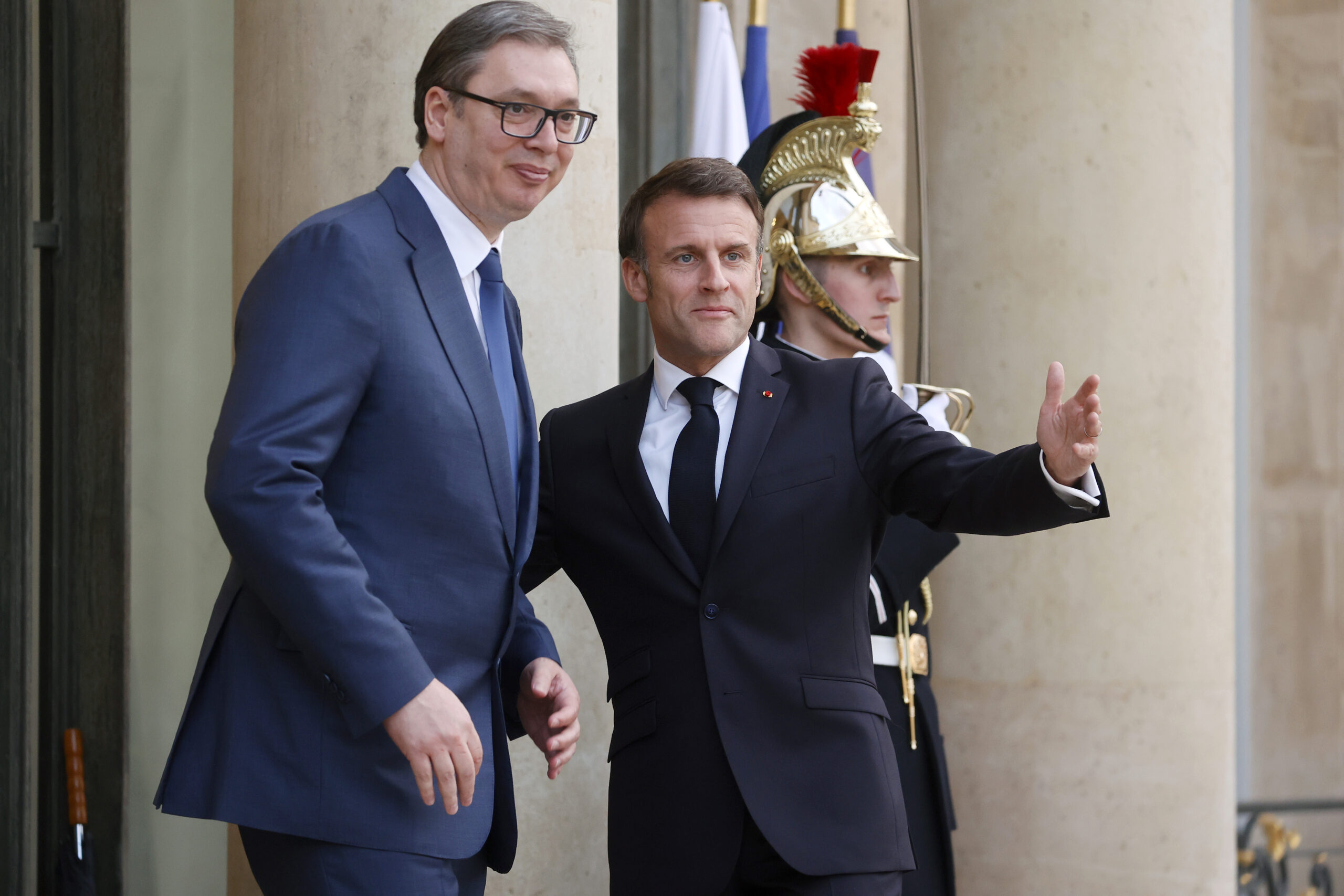
“The contract is expected to be signed in the next two months and in the presence of the president of France,” Vucic told Serbian journalists in Paris, Reuters reports.
Last year, Vucic had raised the possibility of buying a dozen Rafales — the same fighter that has been acquired by neighbor and historical adversary Croatia — at a cost of around $3.26 billion.
Serbia would use the Rafales to bring much-needed modernization to its aging fighter fleet, which is made up of Soviet-era MiG-29 Fulcrums. These were first acquired by the then Yugoslavia in the 1980s. Survivors of Operation Allied Force in 1999 were more recently supplemented by secondhand MiG-29s from Russian and Belarusian stocks. The aircraft have also been moderately upgraded.
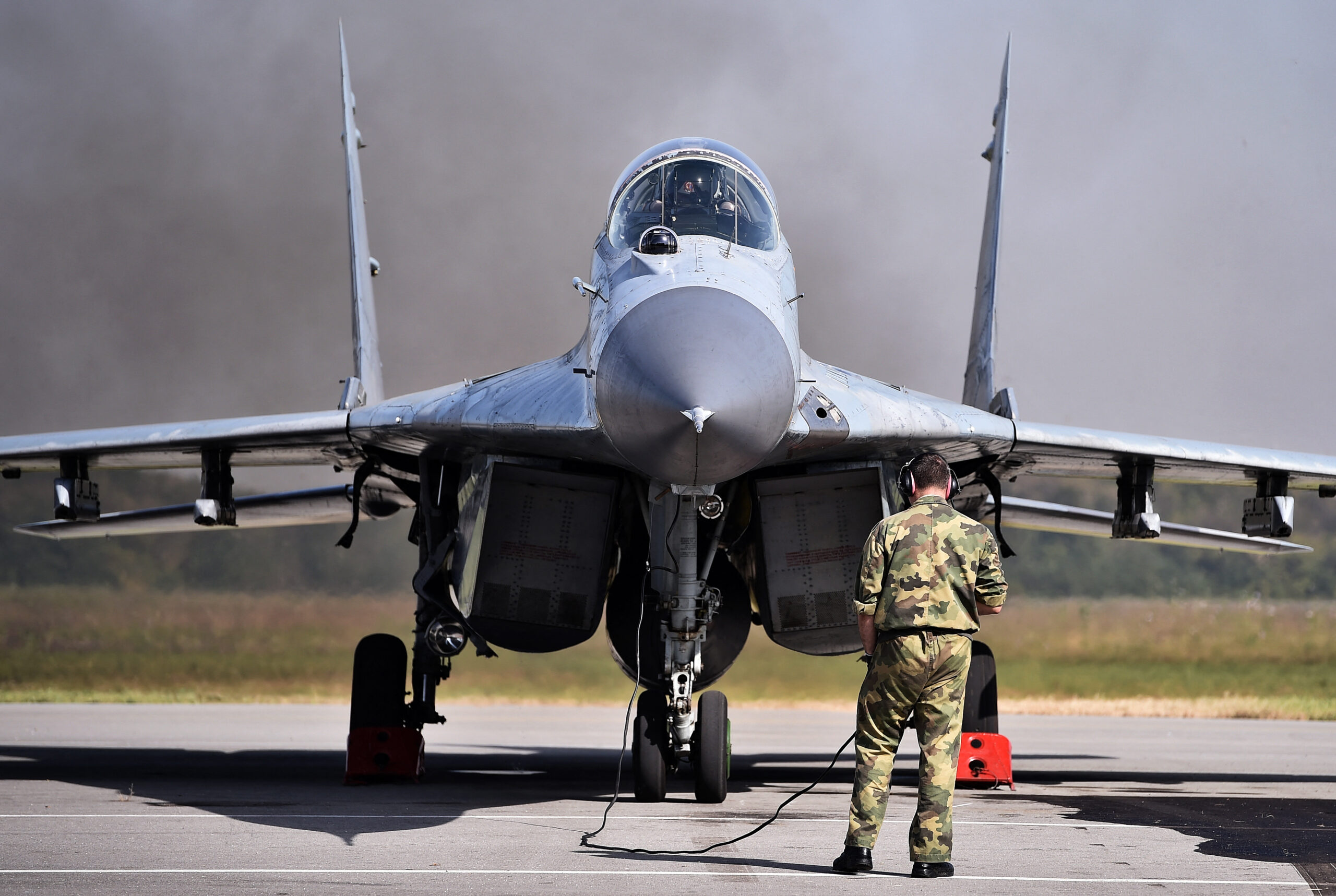
Clearly, the Rafale is massively more capable than the Cold War-era MiG-29, 14 of which are currently in active Serbian service.
The current-production Rafale comes as standard with RBE2 active electronically scanned array (AESA) radar, Link 16 datalink, an updated Spectra self-defense/electronic warfare suite, and an automatic ground collision avoidance system. Weapons and stores now include the MBDA Meteor beyond-visual-range air-to-air missile, the Thales TALIOS targeting pod, and the laser-guided variant of the Sagem Hammer precision air-to-ground weapon, among others.
French Air and Space Force Rafales during a deployment to Andersen Air Force Base, Guam, for the PEGASE 23 joint exercise last year:

Should the 12-aircraft deal for Serbia now be signed off, it will continue a winning streak for the Rafale on the export market. Already in service with the air forces of Croatia, Egypt, Greece, India, and Qatar, the fighter has also been selected by Indonesia and the United Arab Emirates. Late last year, Saudi Arabia also emerged as a possible customer, driven primarily by concerns over export restrictions on the Eurofighter Typhoon.
Continued improvement of the Rafale is ensured via a program of spiral upgrades for France, which will ensure that it remains a capable frontline asset until the arrival of the Next Generation Fighter (NGF) being developed under the pan-European Future Combat Air System (FCAS) program.
It’s not clear when Serbia might receive Rafale, should it buy these fighters, but last month the manufacturer confirmed that by the end of 2023 it had a backlog of 141 export aircraft plus 70 more for France. Since then, another batch of 18 aircraft for Indonesia has been added to the order book. In some previous export orders, France has been willing to divert aircraft from French Air Force stocks to other customers to ensure they are delivered quicker.

Just as significant as the new capabilities offered by the Rafale is the clear signal it sends to Russia, as well as to the rest of Europe.
On paper, Serbia is neutral, but it has long had a close military relationship with Russia, including regular joint exercises. The close connection between the two countries on a military level has also been seen in the Russian recruitment of Serbian soldiers to fight in its war in Ukraine, as you can read about here.
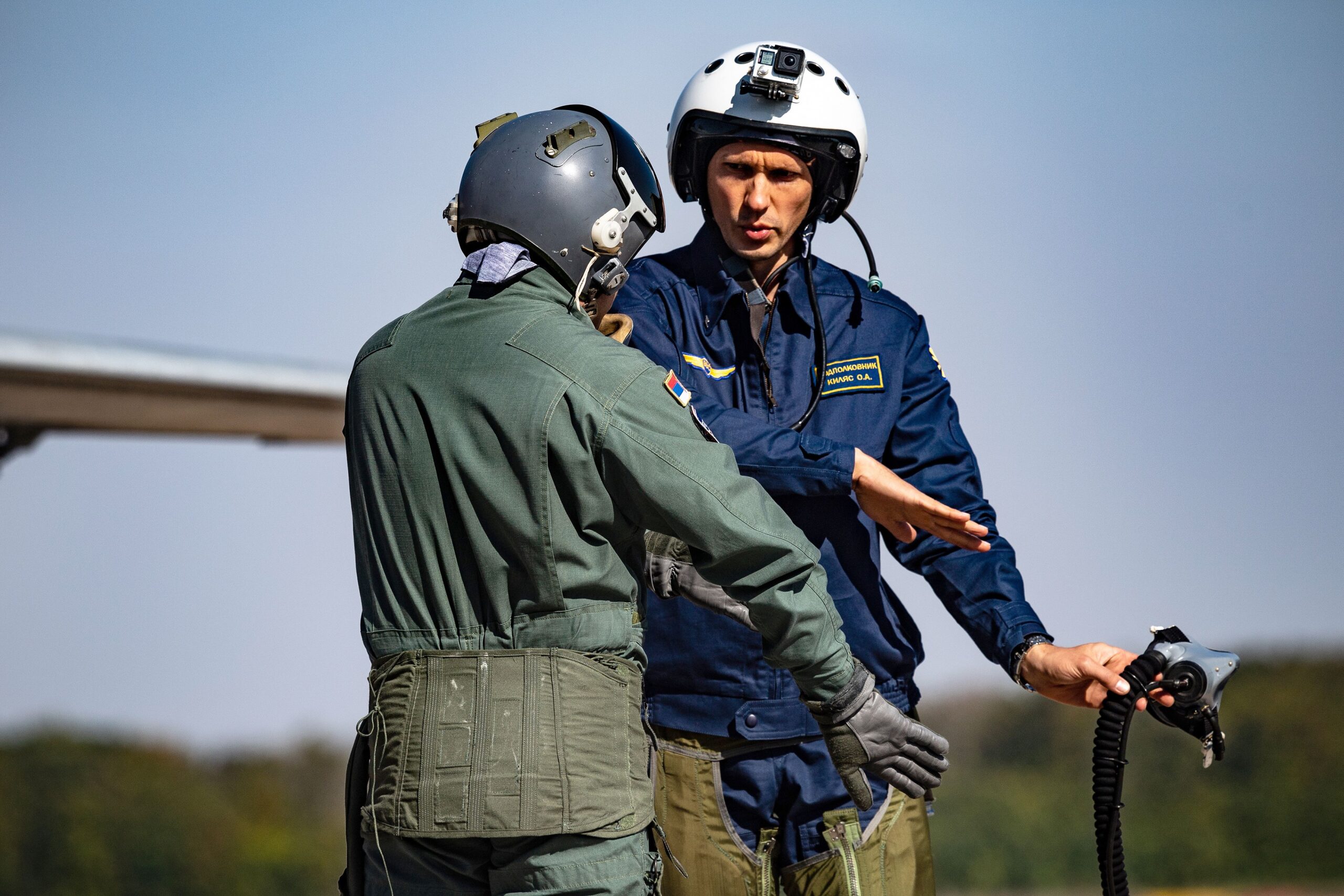
Unlike Croatia, Serbia is not a NATO member, but it is part of its Partnership for Peace program, something of a ‘NATO lite’ that allows countries to conduct joint military training and other initiatives without joining the alliance.
Serbia does, however, aspire to join the European Union and that would no doubt be benefited by closer political and military ties with its members, in this case France. The situation regarding Kosovo — which has the potential to spill over again into conflict with Serbia — remains a possible stumbling block to E.U. membership, so any kind of diplomatic bridge-building is likely to help.
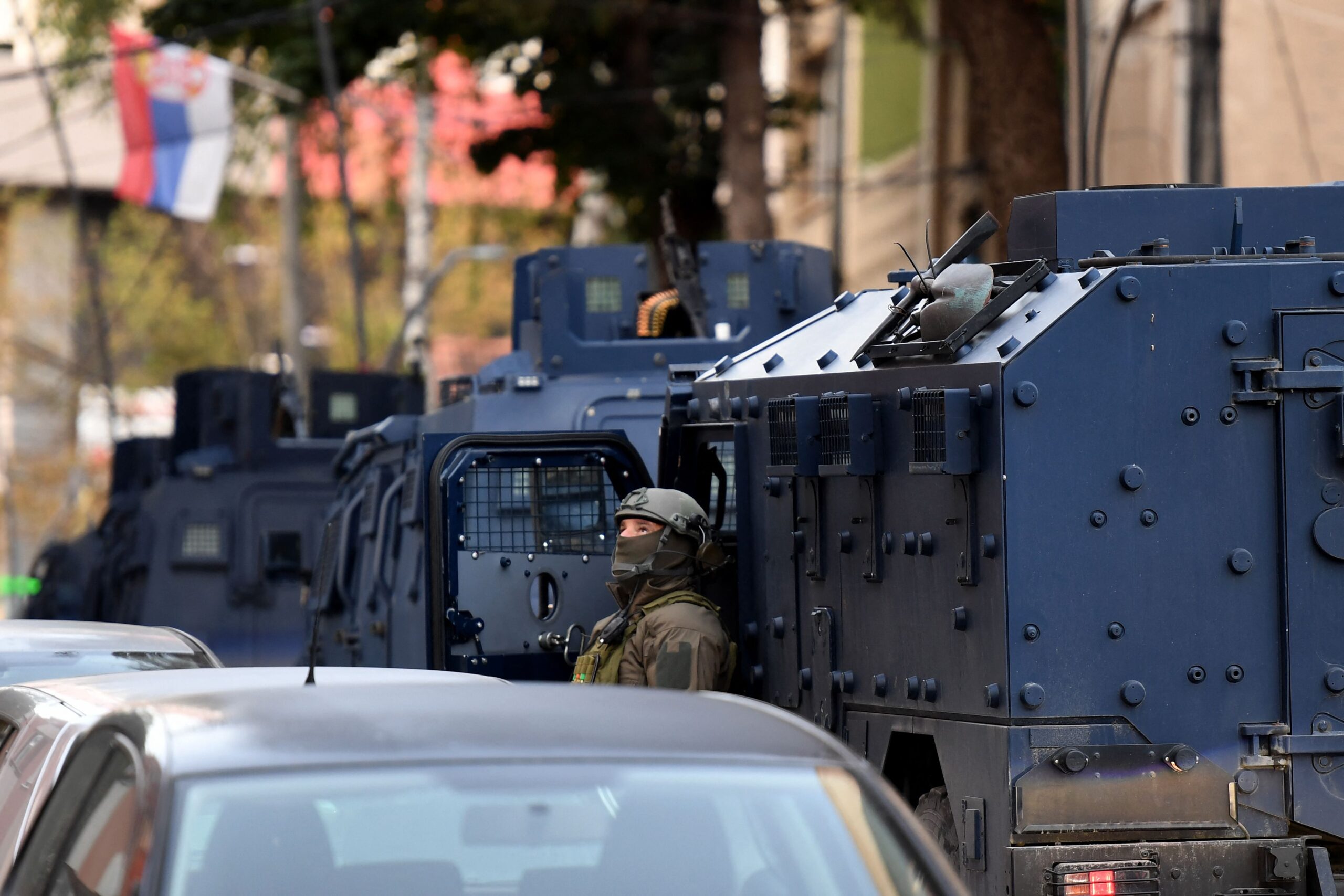
As for Russia, regardless of the direction relations between Belgrade and Moscow now take, acquiring Russian arms has become far harder since the West imposed sanctions in response to the full-scale invasion of Ukraine. Not only is it that much harder to buying new fighter aircraft, for example, but the source of spares for existing aircraft has essentially dried up. The effects of this development are being seen in the shifts in aircraft procurement around the world.
Even before this, however, there were signs that Serbia was looking to move into a more Western-oriented orbit.
Before the interest in the Rafale, Serbia acquired three Airbus H215 medium helicopters and nine H145M light utility helicopters and a pair of C295 turboprop transports for its armed forces and police, as well as Mistral shoulder-launched surface-to-air missiles, and Thales radars.
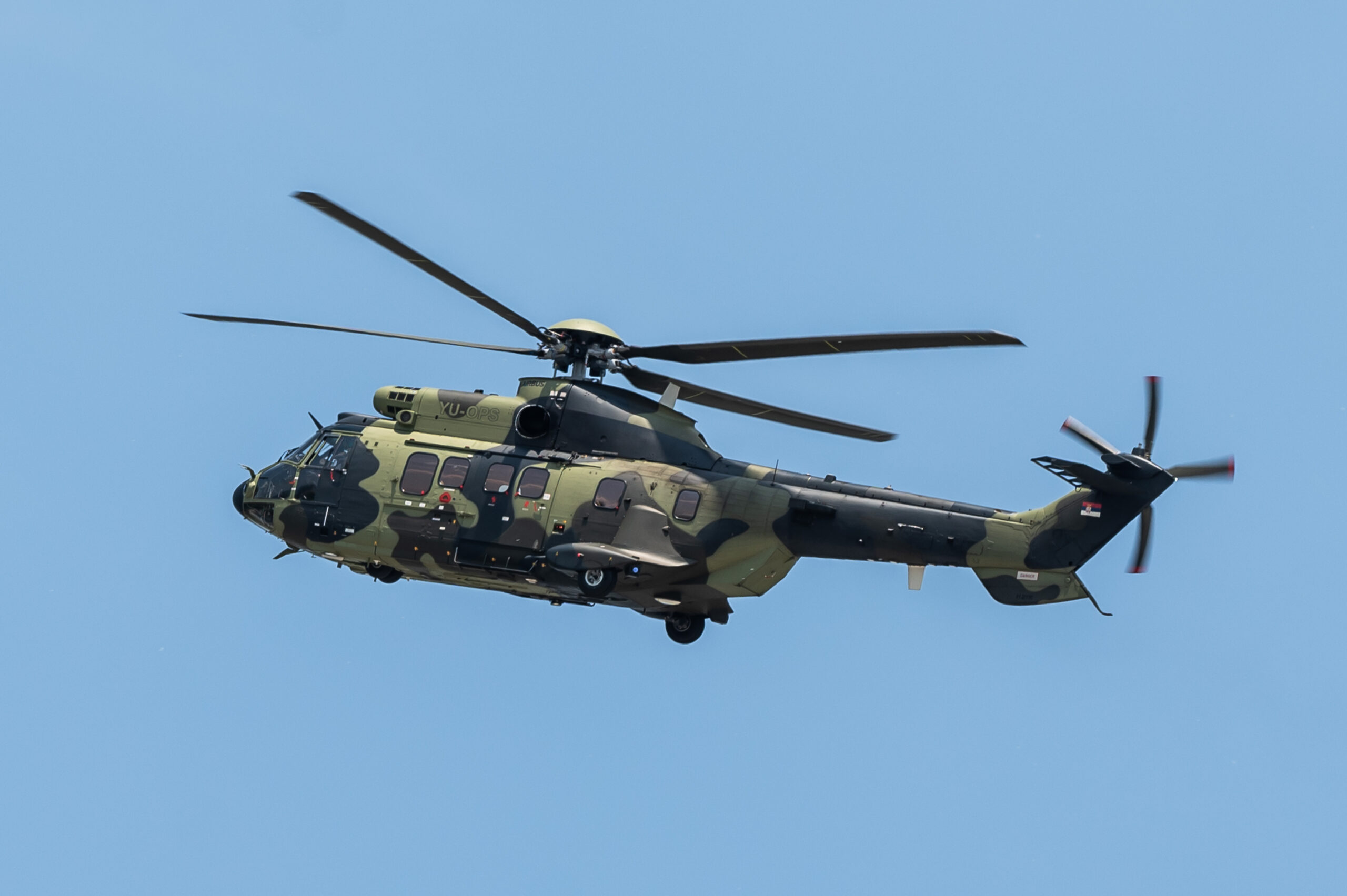
At the same time, the Serbian military is increasingly switching to more NATO-style doctrine, as well as equipment. In an event that would have been unthinkable just two decades ago, last year saw U.S. Air Force HH-60G Pave Hawk combat search and rescue (CSAR) helicopters take part in an exercise in Serbia alongside local H145Ms and Soviet-era Mi-17 Hips. You can read more about that here.
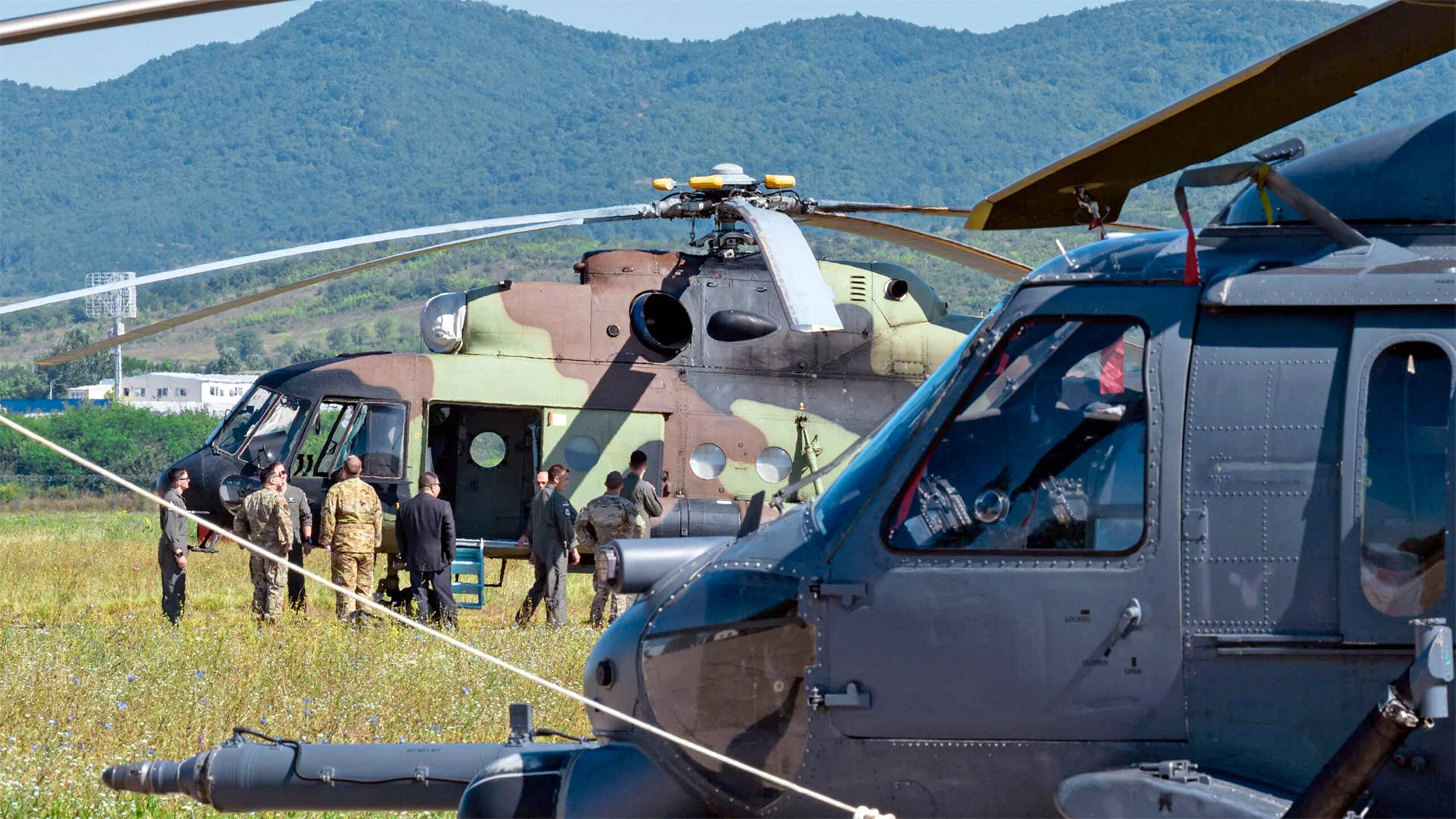
There have also been suggestions in the past that Serbia might even acquire Boeing’s T-7A Red Hawk jet trainer, seen as a potential replacement for its G-4 Super Galeb jet trainers and J-22 Orao ground-attack aircraft.
No longer able to rely on Russia as its closest military partner and its main source of arms, Serbia has clearly been forced to look elsewhere. At the same time, sealing big-ticket arms deals with Western nations will only help improve Serbia’s relations with those countries and, potentially, smooth its progress toward eventual European Union membership.
Contact the author: thomas@thewarzone.com
